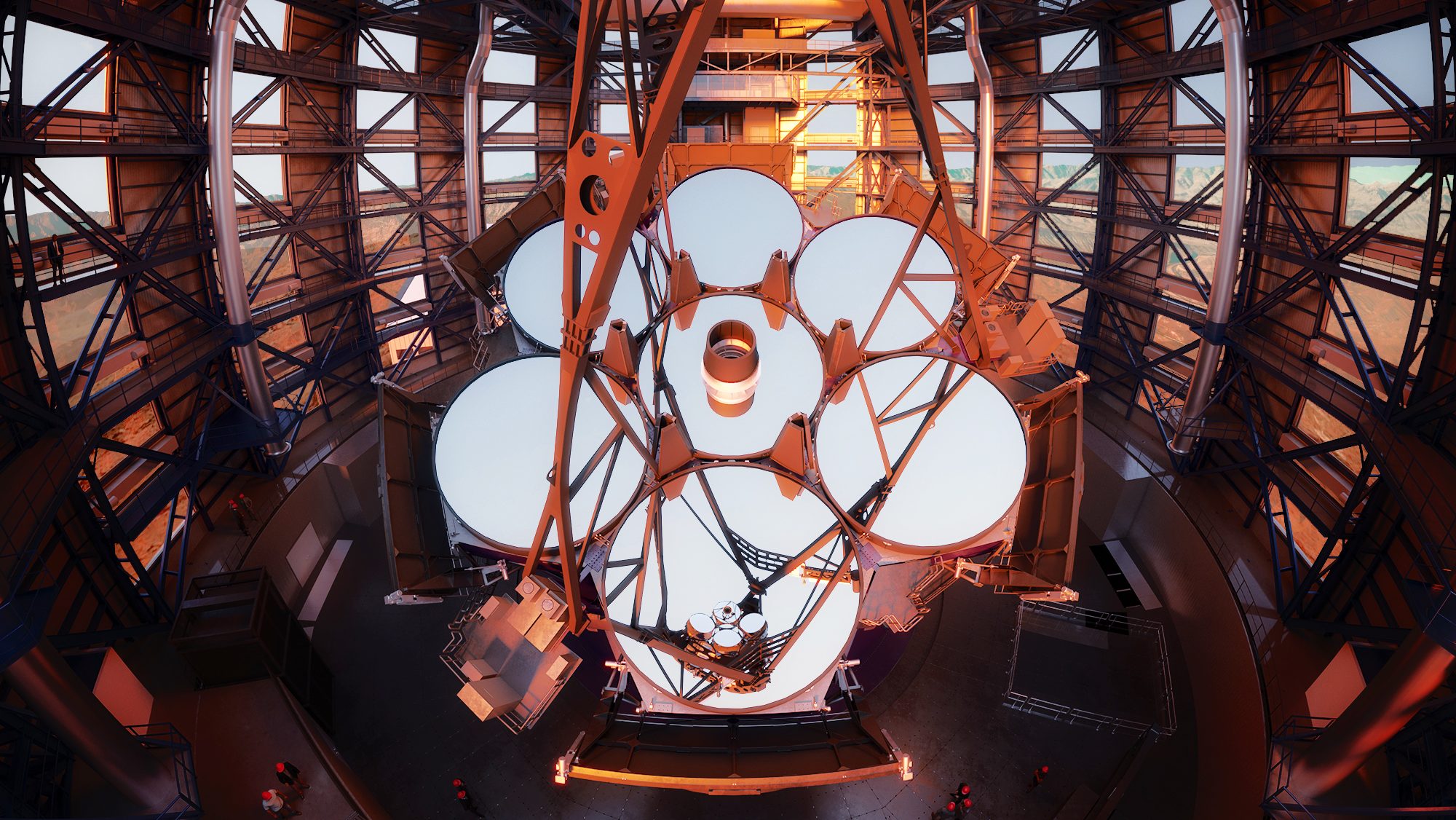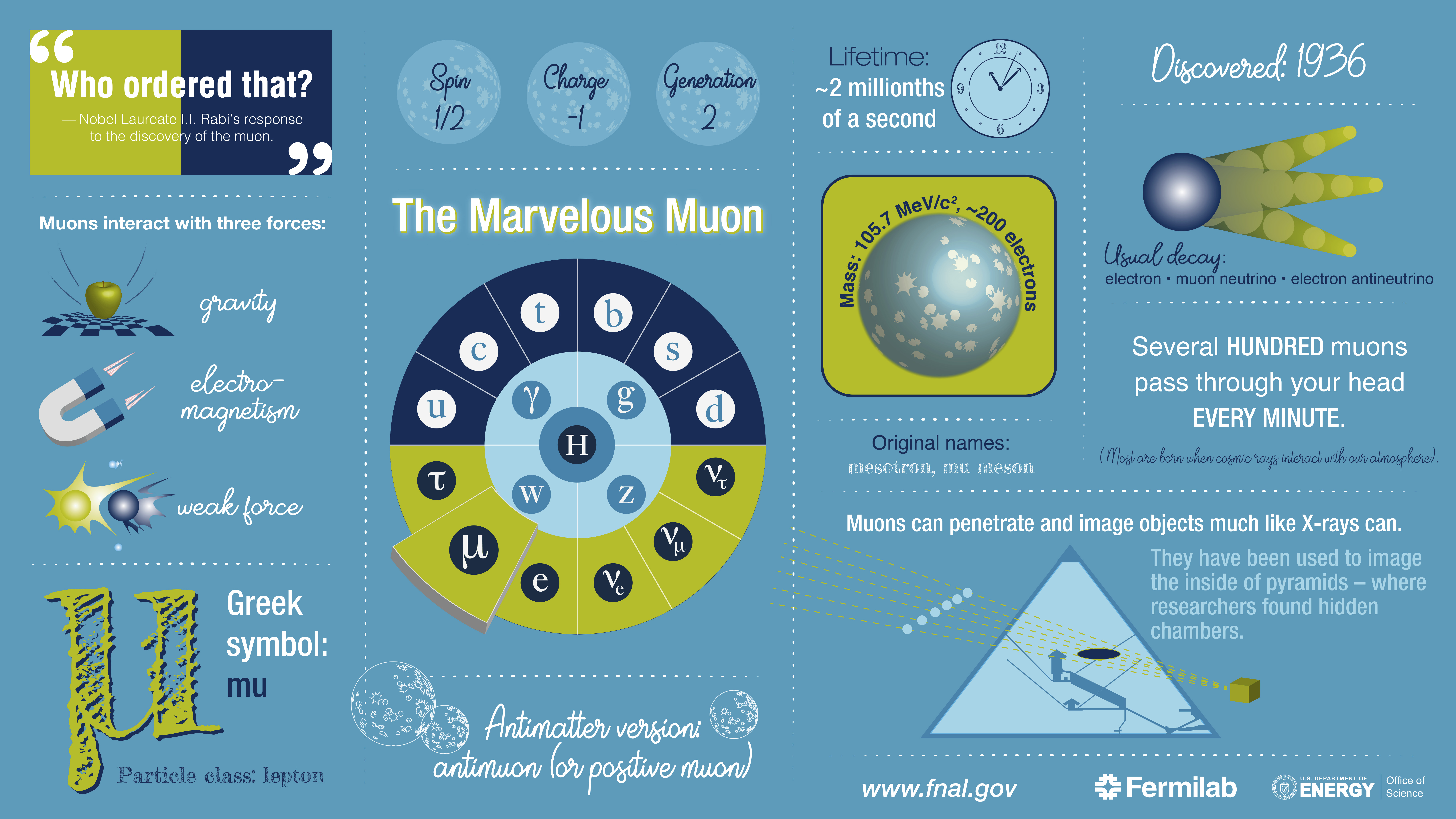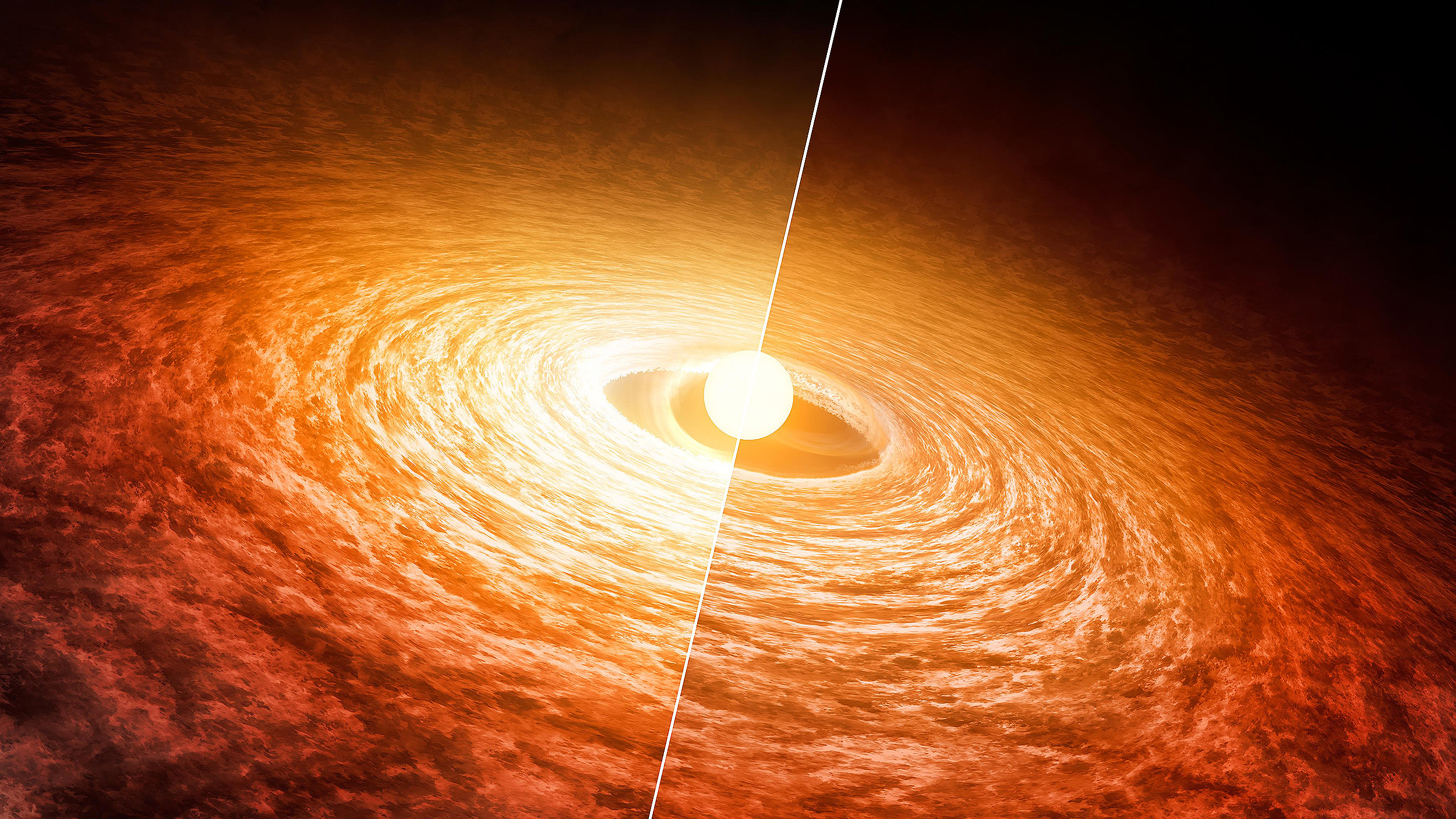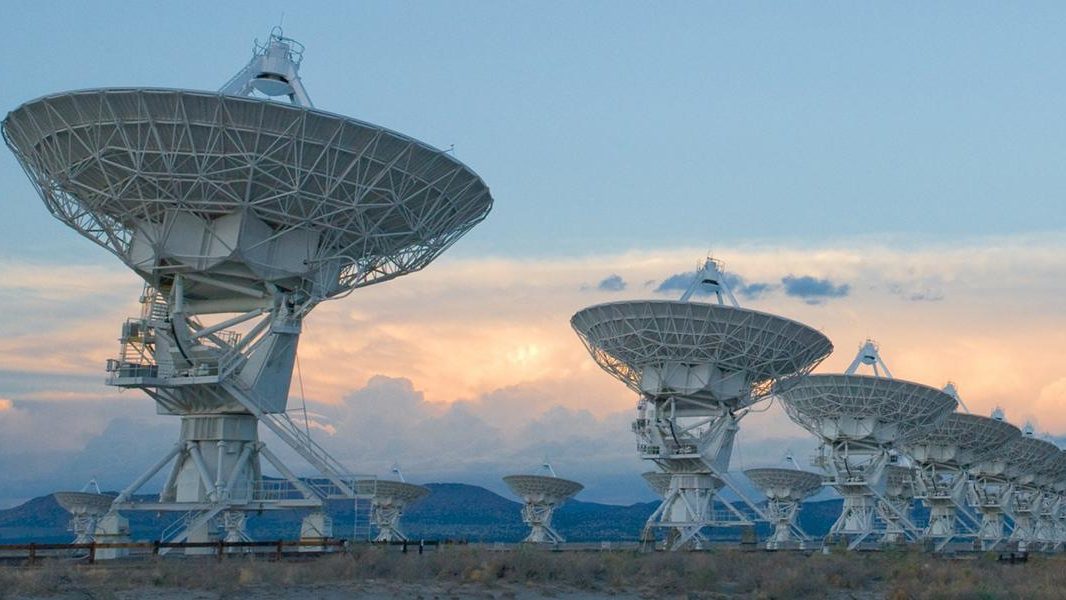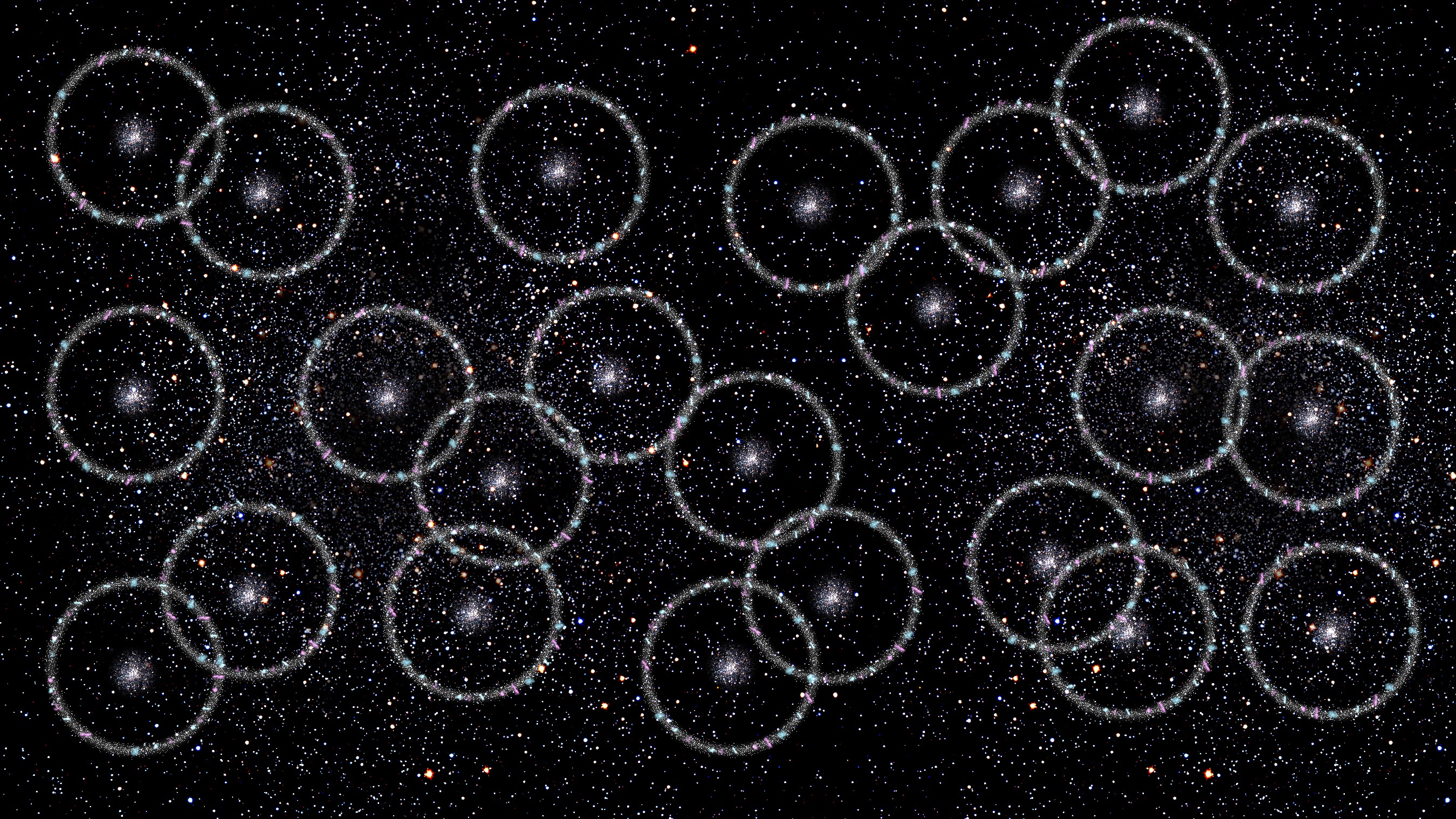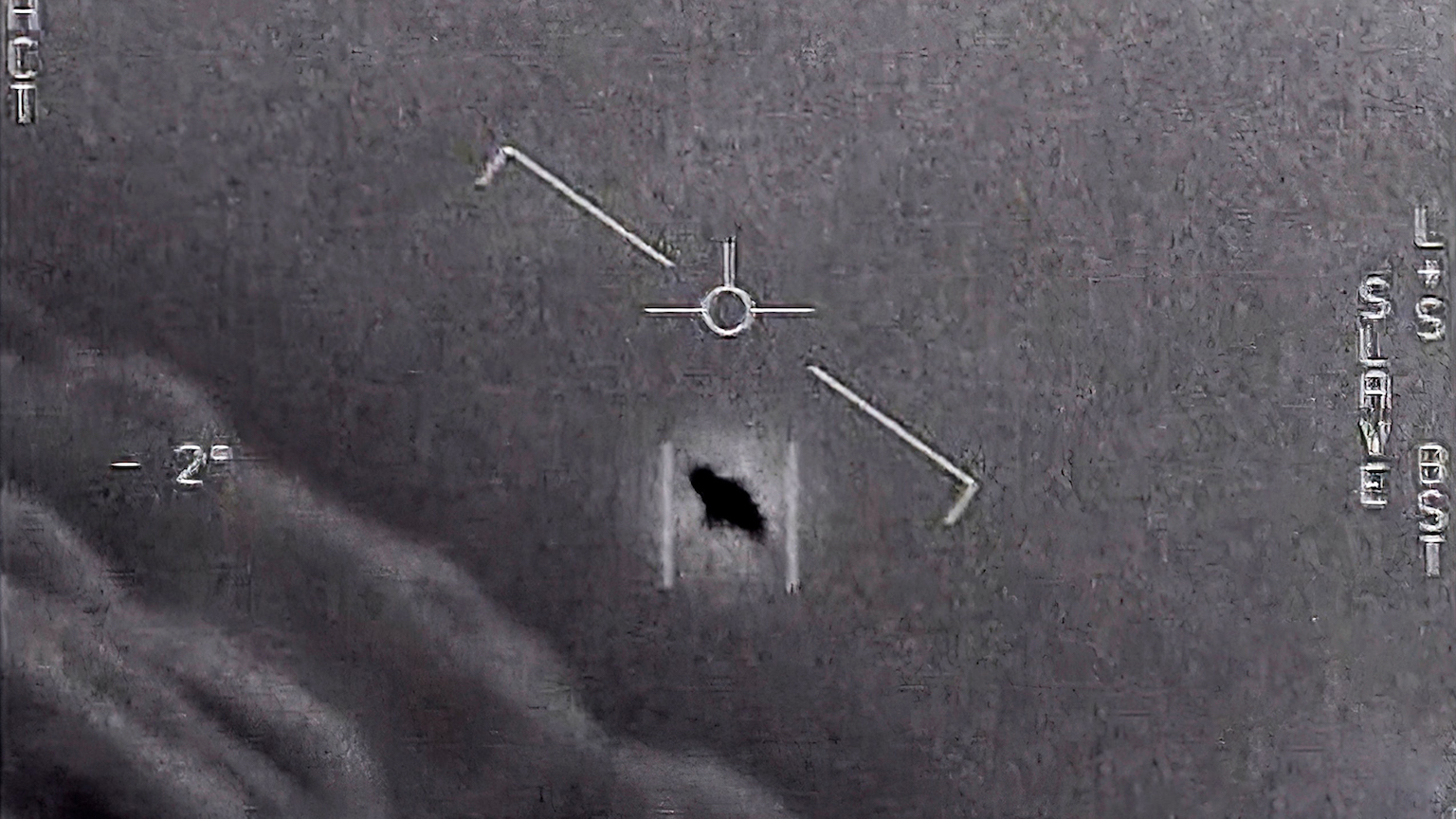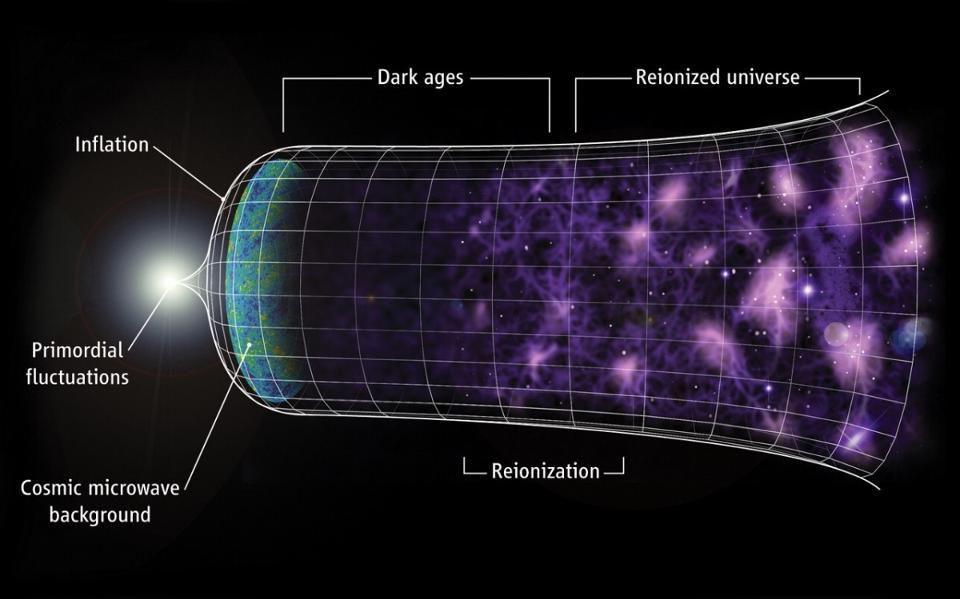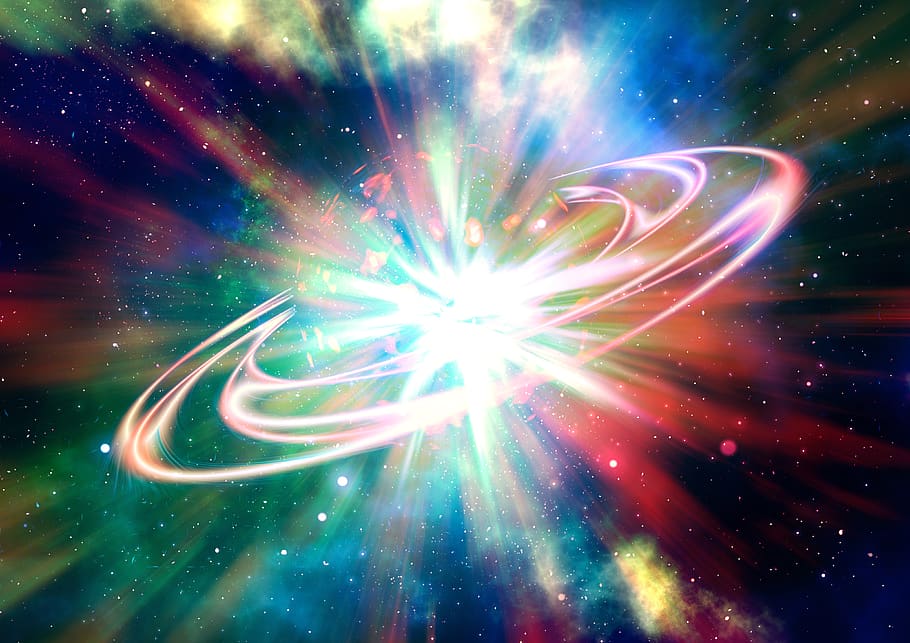“Upon emergence, these patients are sincerely unsure what was reality and what was a ‘dream.'”
Search Results
You searched for: big-think-edge-2
Finally, an AI that can drive a digital car as a goat.
AI is both a tool and a catalyst — and the key to successful integration is to rewrite your rule book and tinker.
Taco Thursdays and free yoga have their limits — for lasting workplace happiness leaders need to think about purpose.
Ground-based facilities enable the greatest scientific production in all of astronomy. The NSF needs to be ambitious, and it’s now or never.
You’ve probably noticed that most retailers use prices ending in 99. That’s intentional.
We can no longer approach the news as passive consumers.
Particles are everywhere, including particles from space that stream through the human body. Here’s how they prove Einstein’s relativity.
For some reason, when we talk about the age of stars, galaxies, and the Universe, we use “years” to measure time. Can we do better?
Human beings are tiny creatures compared to the 92 billion light-year wide observable Universe. How can we comprehend such large scales?
New tech is a double-edged sword. Integration can be expensive and perilous: Mess up the adoption and jobs are on the line.
By developing skills like divergent thinking and collaboration in the workforce, creativity training has the potential to unlock revolutionary ideas.
From unexplained tracks in a balloon-borne experiment to cosmic rays on Earth, the unstable muon was particle physics’ biggest surprise.
In all the Universe, only a few particles are eternally stable. The photon, the quantum of light, has an infinite lifetime. Or does it?
The “scientific Buddha” and the idea of Buddhist exceptionalism with regard to science are modern creations.
It took 9.2 billion years of cosmic evolution before our Sun and Solar System even began to form. Such a small event has led to so much.
In all the Universe, only a few particles are eternally stable. The photon, the quantum of light, has an infinite lifetime. Or does it?
With LEDs bringing brighter nighttime lighting than ever before, and thousands of new satellites polluting the skies, astronomy needs help.
What we call “basic research” is actually the most cutting-edge. It underpins knowledge, and without it, technology does not come into being.
The sharpest optical images, for now, come from the Hubble Space Telescope. A ground-based technique can make images over 100 times sharper.
A spherical structure nearly one billion light-years wide has been spotted in the nearby Universe, dating all the way back to the Big Bang.
Viruses, it turns out, can block one another and take turns to dominate.
Are you unhappy with how various events in your life turned out? Perhaps, in a parallel Universe, things worked out very differently.
If the Universe is expanding, and the expansion is accelerating, what does that tell us about the cause of the expanding Universe?
You’ve spent almost a decade gaining extremely specialized skills. But that’s ok; your value is greater than you realize.
For many years, cosmologists have claimed the Universe is 13.8 billion years old. A new paper says no, it’s 26.7 billion. How do we decide?
Passing chunks of ice can fertilize ocean waters and play a role in the planet’s carbon cycle.
Day trading has the potential to yield incredible profits, but without a time machine, you’re unlikely to achieve them.
The National Ignition Facility just repeated, and improved upon, their earlier demonstration of nuclear fusion. Now, the true race begins.




